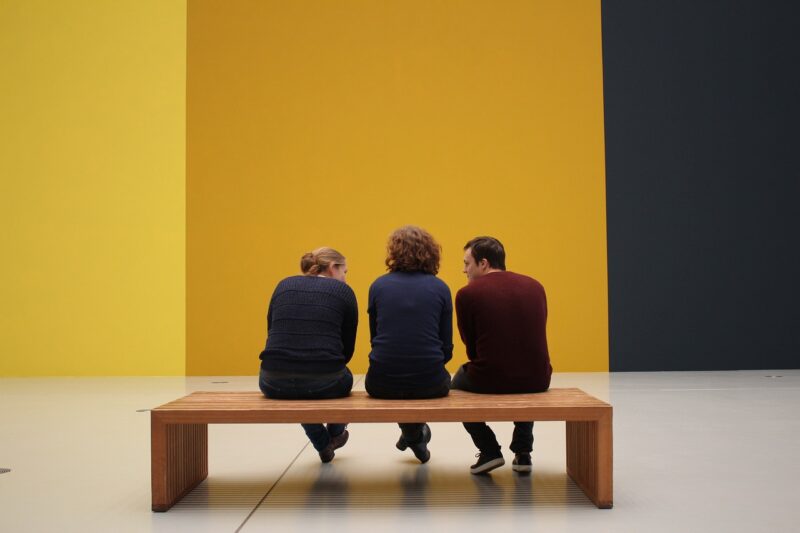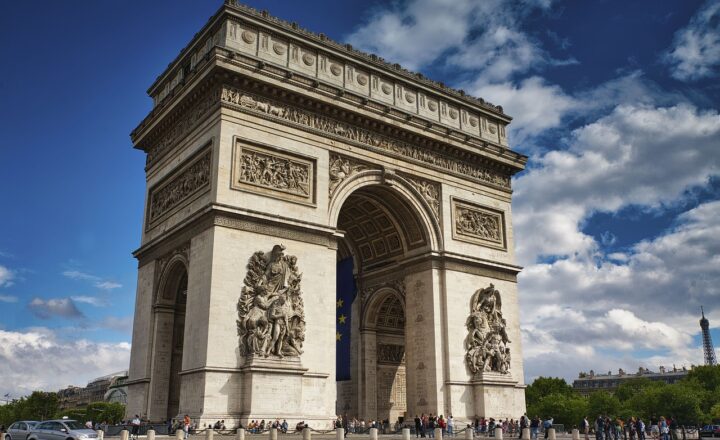The Secrets Hidden Within the World’s Largest Museums and the Artifacts That Changed History
November 17, 2024

Museums serve as gateways to the past, preserving not just artifacts but the stories that shape human civilization. In this article, we’ll explore some of the largest and most significant museums worldwide, delving into the hidden secrets they house and the artifacts that have profoundly influenced history. From ancient relics to modern masterpieces, these institutions provide invaluable insights into our cultural heritage.
1. The Louvre Museum: A Treasure Trove of Artistic Wonders
Located in Paris, the Louvre Museum boasts a collection of over 38,000 objects spanning 9,000 years of history. As one of the most visited museums globally, the Louvre is home to some iconic artifacts, including:
- The Mona Lisa: Painted by Leonardo da Vinci, this enigmatic portrait has captivated audiences for generations. Its allure lies not only in the painting itself but also in the mystery surrounding Lisa Gherardini, the woman depicted, and the various theories about her smile.
- The Venus de Milo: This ancient Greek statue, believed to represent Aphrodite, is renowned for its austere beauty and enigmatic quality. Discovered in 1820, the Venus remains a symbol of classical art, evoking curiosity about the sculptor’s intent and the original completeness of the piece.
- The Winged Victory of Samothrace: This stunning Hellenistic sculpture, depicting the goddess Nike, is famed for its dynamic pose and intricate details. The statue provides insight into ancient Greek artistic techniques and the cultural importance of victory in their society.
The Louvre’s vast collection challenges visitors to reflect on not just the beauty of the artifacts but also their historical contexts, sparking discussions about the evolution of art through the ages.
2. The British Museum: The Power of Interpretation
With a collection of over 8 million works, the British Museum in London represents a microcosm of world history. Originating in the Enlightenment era, its artifacts tell stories of colonization and cultural exchange. Some notable pieces include:
- The Rosetta Stone: Crucial for understanding Egyptian hieroglyphs, the Rosetta Stone features inscriptions in three scripts. Its discovery enabled scholars to decipher a language that had been a mystery for centuries, unlocking vast knowledge of ancient Egypt.
- The Elgin Marbles: These classical Greek sculptures once adorned the Parthenon. Their presence in the museum sparks ongoing debates about cultural ownership and the ethics of artifact acquisition during the colonial period.
- The Assyrian Friezes: These magnificent relief carvings depict the lion hunt of Ashurbanipal, revealing insights into the rituals and beliefs of the Assyrian Empire and demonstrating the artistry of ancient civilizations.
The British Museum remains a site of scholarly debate as it grapples with the implications of displaying artifacts taken from their original contexts.
3. The Smithsonian Institution: America’s Cultural Mirror
Comprising 19 museums, galleries, and a zoo, the Smithsonian Institution in Washington D.C. offers an unparalleled glimpse into American history and culture. Highlights include:
- The Hope Diamond: Famous for its rare blue color, this diamond has a legendary status, believed to bring misfortune to its owners. The gem’s narrative embodies themes of greed, enchantment, and the intersection of beauty and danger.
- The Star-Spangled Banner: The flag that inspired the U.S. national anthem symbolizes resilience and national pride. Its preservation tells a story of historical turmoil, unity, and patriotism.
- The Wright Brothers’ Flyer: This artifact represents the dawn of aviation, showcasing the ingenuity and determination of the Wright brothers, who forever changed the course of history by achieving powered flight.
Every exhibit sparks curiosity about America’s evolution, inspiring questions about identity, struggle, and the future of its cultural legacy.
4. The Vatican Museums: Where Art Meets Faith
The Vatican Museums in Vatican City house an extensive collection of art amassed by the Roman Catholic Church over centuries. They include masterpieces that signify spiritual and artistic milestones, such as:
- The Sistine Chapel: Renowned for Michelangelo’s magnificent frescoes, this chapel represents the zenith of Renaissance art. Visitors are left in awe of its intricate details and the spiritual narratives woven throughout the ceilings.
- Raphael Rooms: The series of frescoed rooms showcases Raphael’s brilliance, revealing how art intertwined with the church’s authority and ideology, especially during the Renaissance period.
- The Laocoön Group: This Hellenistic sculpture depicts a dramatic scene from mythology and is an emblem of artistic excellence during antiquity. Its emotional intensity continues to inspire awe and contemplation about art’s role in conveying human experiences.
The Vatican Museums serve as an intersection of faith and art, where visitors contemplate the profound connections between spirituality and creativity.
5. The State Hermitage Museum: A Palette from a Different Era
Situated in St. Petersburg, Russia, the Hermitage Museum is one of the oldest and largest museums in the world. With over 3 million items, it showcases Russian culture and European masterpieces. Noteworthy pieces include:
- The Peacock Clock: This mechanical marvel combines art with engineering, featuring life-like birds that move during certain intervals. Its complexity reveals the fusion of science and art during the 18th century, representing the heights of craftsmanship and innovation.
- Rembrandt’s Return of the Prodigal Son: This illustrious painting explores themes of forgiveness and grace, prompting viewers to reflect on familial relationships and redemption’s profound impact on human experience.
- The Winter Palace: The architectural splendor of the Hermitage itself serves as a reminder of imperial power and historical narratives that shaped Russia’s past. Its opulent halls echo stories of emperors, revolutions, and art patronage.
The Hermitage Museum offers a rich tapestry of diverse narratives that challenge us to consider the impact of culture across time and geography.
Conclusion: Museums as Living Narratives
As custodians of history, the world’s largest museums provide more than mere displays of artifacts; they serve as dialogues with the past, inviting us to explore the intricacies of human identity and achievement. Behind the grandeur and intricacies lie secrets waiting to be uncovered, lessons from history resonating in contemporary discussions. Each visit represents an opportunity to embark on a journey through time, broadening our understanding of ourselves and the world’s ever-evolving narrative.
The artifacts that have changed history continue to inspire curiosity and provoke thoughtful reflection. Whether through art, science, or culture, these treasures offer glimpses into our collective past, urging us to carry the lessons forward into the future. In an age of rapid technological advancement, museums remain crucial in fostering an appreciation for heritage, reminding us of our shared human journey.
By visiting these remarkable institutions, you can glean insights not just about history but also about empathy, unity, and the possibilities that arise when we seek to understand each other’s stories.








